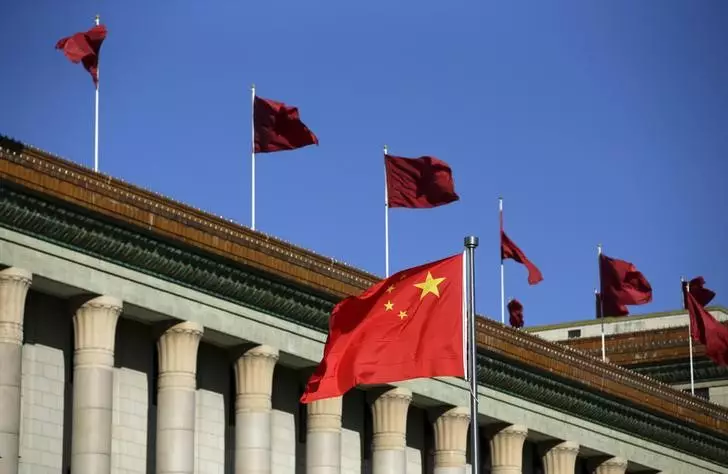The Chinese government’s recent economic stimulus initiative, launched in September 2024, has ignited substantial discussion regarding its potential to turn around a sluggish economy. Dubbed a “monetary easing cocktail,” this package encompasses several financial strategies aimed at revitalizing the country’s economic landscape. However, while these measures might appear robust on the surface, analysts question their effectiveness in addressing the entrenched structural issues that China faces.
The center of this stimulus effort revolves around five crucial components that the People’s Bank of China (PBoC) has implemented to bolster economic conditions. The primary element includes a 50-basis-point reduction in the Reserve Requirement Ratio (RRR) for banks, which is strategically intended to improve liquidity levels within the financial sector. Complementing this initiative is a cut of 20 basis points in the 7-day reverse repo rate. In theory, these reductions should lead to lower borrowing costs through minor adjustments to the Loan Prime Rate and the Medium-term Lending Facility rate.
Moreover, the stimulus directly targets the struggling housing market by reducing mortgage rates by an additional 50 basis points and modifying down-payment requirements for second-home purchases. This shift seeks to stimulate activity in an area that has been pivotal for China’s economic growth. Further measures consist of an expansive RMB 800 billion liquidity support mechanism for both equity purchases by listed companies and securities firms. Finally, state-owned enterprises were given access to additional financing to transform unsold residential properties into affordable rental units.
Despite the breadth of these measures, analysts from BCA Research remain decidedly skeptical about their capacity to catalyze a significant economic recovery. The most glaring concern is that many of the underlying structural issues remain unaddressed.
One of the immediate challenges highlighted by analysts is the stagnation in consumption despite the lowered mortgage rates. Even though there exists a potential annual savings of about RMB 150 billion for households due to mortgage reductions, this pales in comparison to the vast scale of China’s consumer market. The anticipated boost to personal consumption—amounting to just a mere 0.3%—is insufficient for a nation grappling with significant economic headwinds. The domestic labor market is exhibiting worrying signs; unemployment rates are surging, and wages show stagnation, only further suppressing consumer confidence.
Additionally, while the RRR cut ostensibly ushers in increased liquidity, the crux of the issue appears to be a distinctly weak demand for loans. The prevailing prime lending rate of approximately 5% coupled with ongoing deflationary trends serves to exacerbate the hesitance among businesses and consumers alike, restricting their willingness to take on new debt. Combined with falling property prices, which cast a shadow over consumer sentiment, the likelihood of a substantial uptick in borrowing remains low.
Another layer of complexity stems from the constrained fiscal autonomy of local governments. A surge in anti-corruption investigations has prompted local officials to adopt a more conservative approach towards initiating new infrastructure projects or further diversifying their financial liabilities. This circumspect behavior has significant ramifications, as local government expenditure has historically served as a key stimulant in times of economic adversity.
Analysts at BCA underscore that, to reverse the current trend of economic stagnation—which they describe as characterized by debt deflation and a “balance sheet recession”—more aggressive and targeted interventions are required. They argue for large-scale quantitative easing specifically aimed at rejuvenating the housing sector, as well as fiscal transfers designed to directly enhance household purchasing power.
Unfortunately, the recent stimulus package appears tepid and fragmented in addressing these more profound challenges. For tangible improvement, China requires a paradigm shift in policy measures, moving beyond mere liquidity support. Without integrated and comprehensive fiscal strategies, which are paramount for addressing the roots of economic malaise, significant recovery may remain elusive.
For investors, the prevailing atmosphere remains tepid, with many casting wary eyes on the efficacy of the stimulus on market conditions. While Chinese A-shares may offer short-term opportunities bolstered by recent measures, the overarching sentiment remains cautious. Geopolitical tensions and potential global market slowdowns could significantly hamper broader Chinese equities lest they’re carefully navigated.
As such, BCA recommends a more measured stance on offshore Chinese stocks, advising against heavy investments in equities predicated solely on short-term gains—especially for risk-averse investors. Careful consideration will be essential as China attempts to navigate through an economically turbulent landscape in the coming months.

